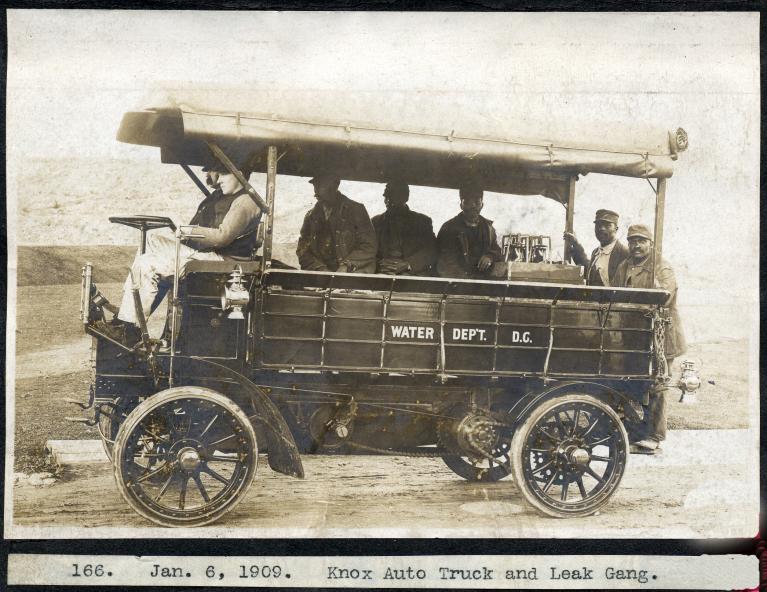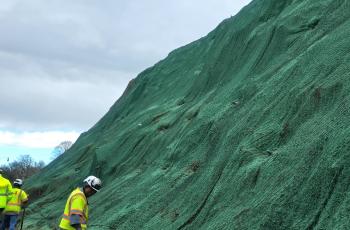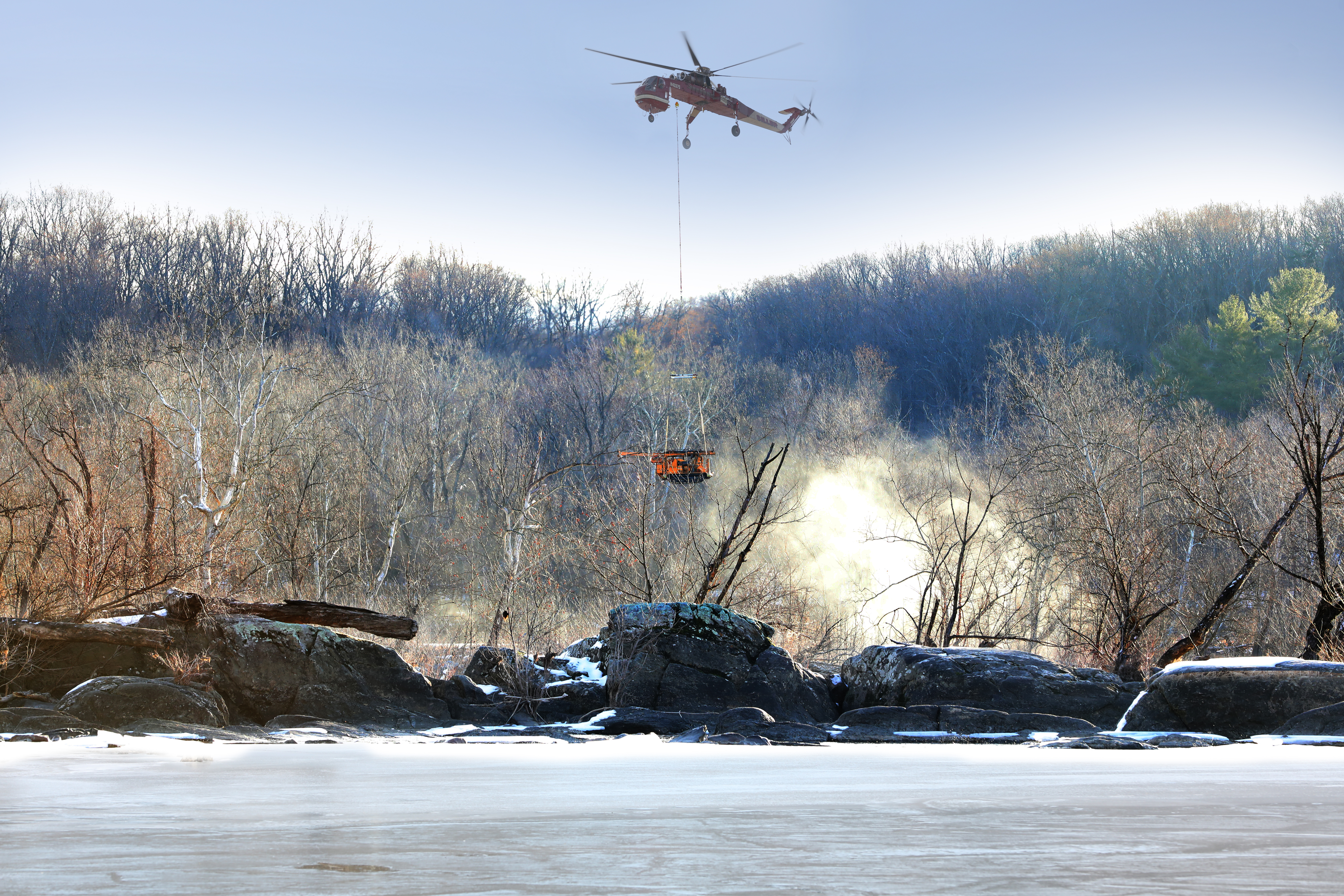
In the early history of Washington, DC, water and sewer operated as separate entities. Early incarnations of the agency we now call DC Water included the District of Columbia Water Board (1859-1872) and the District of Columbia Board of Public Works (1872-1932).
Beginning in 1932, the Agency operated as the District of Columbia Department of Sanitary Engineering and constructed the first sewage treatment plant at Blue Plains. The Agency went through another transition to the District of Columbia Department of Environmental Services in 1971, then operated as the Water and Sewer Utility Administration (WASUA) under the Department of Public Works from 1985 to 1996.
On April 18, 1996, following a 30-day Congressional review period, the District Council enacted DC Law 11-111, "The Water and Sewer Authority Establishment and Department of Public Works Reorganization Act of 1996." It was at this time that the District Government initiated the creation of the District of Columbia Water and Sewer Authority (DC WASA), an independent authority of the District of Columbia providing services to the region.
Among other operational changes, DC WASA's finances were no longer tied to the District's overall budget. This marked a positive change for the organization and its customers since every dollar collected by DC WASA could then be reinvested into operations and capital improvements.
Like many older East Coast cities, Washington, DC's aging water and sewer infrastructure was in dire need of major renovations and general maintenance. Here, DC WASA began a renewal period to improve delivery of water and wastewater treatment services to the District and regional customers and to improve and replace the water and sewer infrastructure.
In 2010, DC WASA initiated a rebranding campaign and is now known as DC Water. DC Water has evolved through the years and remains true to it's core mission of providing safe, clean water to the residents of the District of Columbia and surrounding areas.



